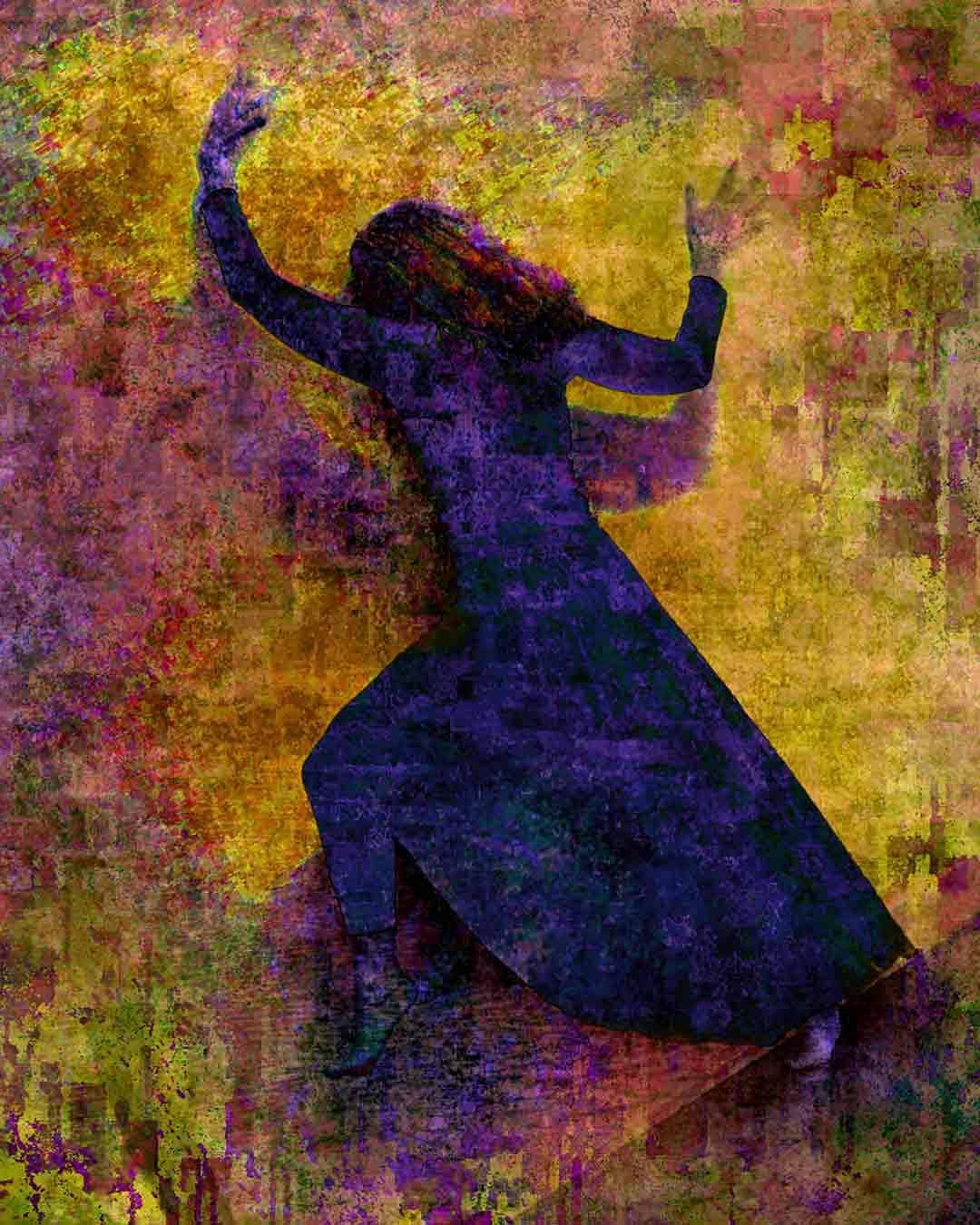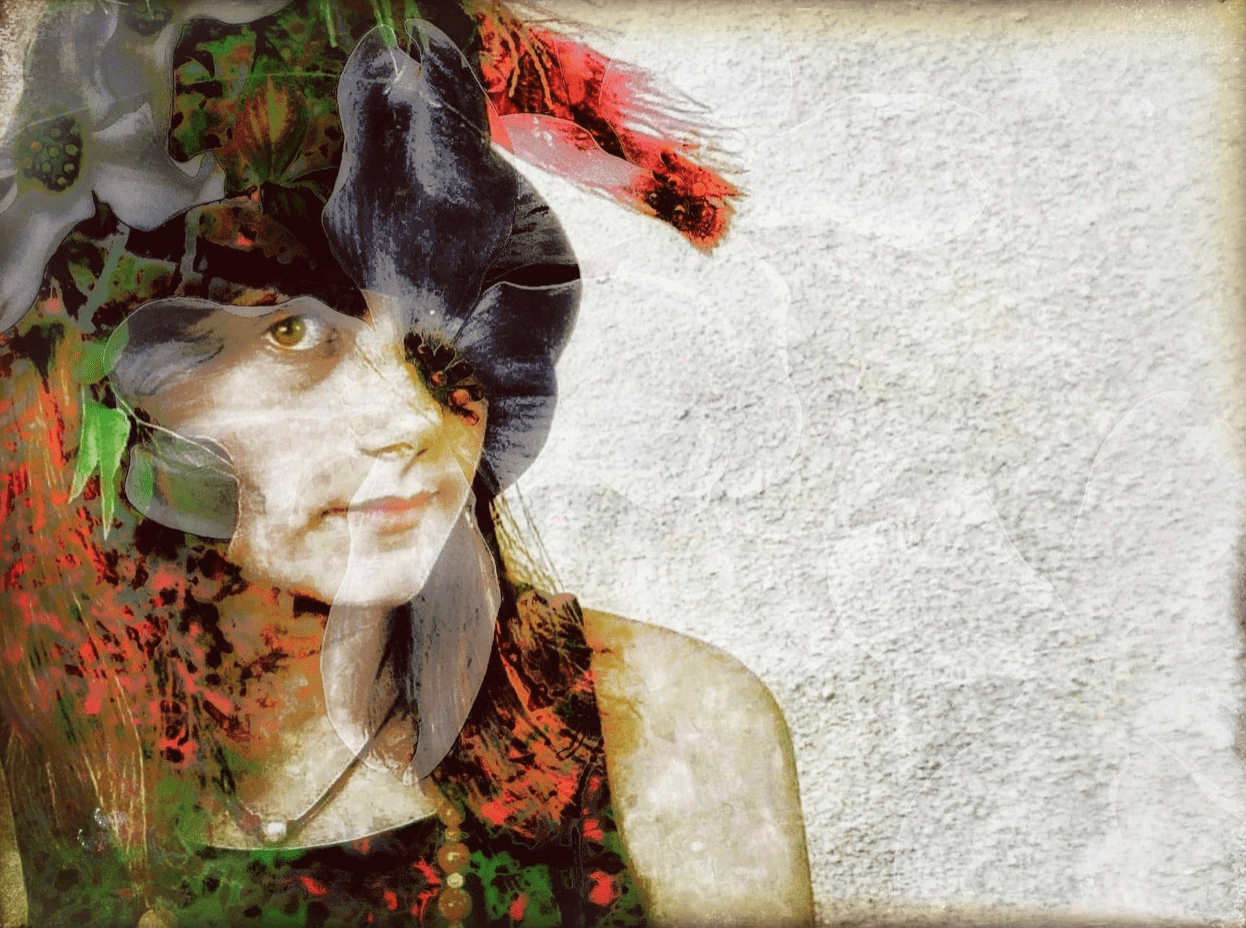Mobile Photography Interview with Gina Costa – Street Photographer
As many of you will know, among the assortment of hats that I wear, writing for the BBC and Vogue, I am also Contributing Editor to LensCulture. I have a brand new interview in the works, which will be published soon and in the meantime, with kind permission of LensCulture, I will be republishing my work to our beloved TheAppWhisperer website – the most popular mobile photography and art site in the world.
Today, I am publishing ‘The Quiet Moment, The Golden Hour: Mobile Street Photography’ with Gina Costa . I hope you enjoy this, Gina’s work is alluring.
To read the original article on LensCulture, please go here.
“Mobile photography allows me to instinctively and quietly shoot the subject matter I am drawn to most—the streets”.
—Gina Costa, in conversation with LensCulture Contributing Editor, Joanne Carter
“The street photographer wanders through the city with an inherent “readiness to respond to errant details, chance juxtapositions, odd non sequiturs, peculiarities of scale, the quirkiness of life in the street” (Westerbeck and Meyerowitz, 1994).

Influenced by Helen Levitt, Lee Friedlander, Ester Bubley, Lola Alvarez Bravo and Henri Cartier-Bresson, Gina Costa, a classically trained art historian, photographs the urban streets as a visual artist and story-teller. She considers her street images “interrupted narratives” and sees herself as a “stealth storyteller,” her photographs making sense of the fluidity and rhythm that she encounters.

She photographs the quiet moments, within the liminal space—the space that lies between the known and the unknown. This transitional space contains a heightened intensity that we experience when we cross the threshold of what is known towards something new and strange.

She intuits emotion, rarely engaging her subjects, instead quietly circling around or behind them, mindful not to disturb their internal “conversation.” Often waiting for the best light, the golden hour, Costa likens it to “the light Leonard DaVinci used as he modeled and articulated his forms.”

Mobile photography is instantaneous and in some ways this can create distance between the photographer and the subject. Costa attempts to reaffirm this connection by digitally layering some of her photographs. By infusing her images with an artist’s hand, she is able to re-engage with her subjects.

Costa feels emotionally closest to a series of street images she created after her father died. Slowly meandering the streets of Bologna and Verona as she mourned, Costa felt herself slink into a rhythm that she did not recognize. As she wandered, she felt pulled forward, scanning and contemplating the bewildering array of organized chaos, not entirely aware of herself, unaware of time. When reflecting on those images later, she discovered a detachment, an isolation and loneliness that was apparent within each one. She had created a body of work that was, at once, strictly personal and solitary but at the same time universally valid.

In the words of the great writer Susan Sontag:
The photographer is an armed version of the solitary walker reconnoitering, stalking, cruising the urban inferno, the voyeuristic stroller who discovers the city as a landscape of voluptuous extremes.
—Joanne Carter












